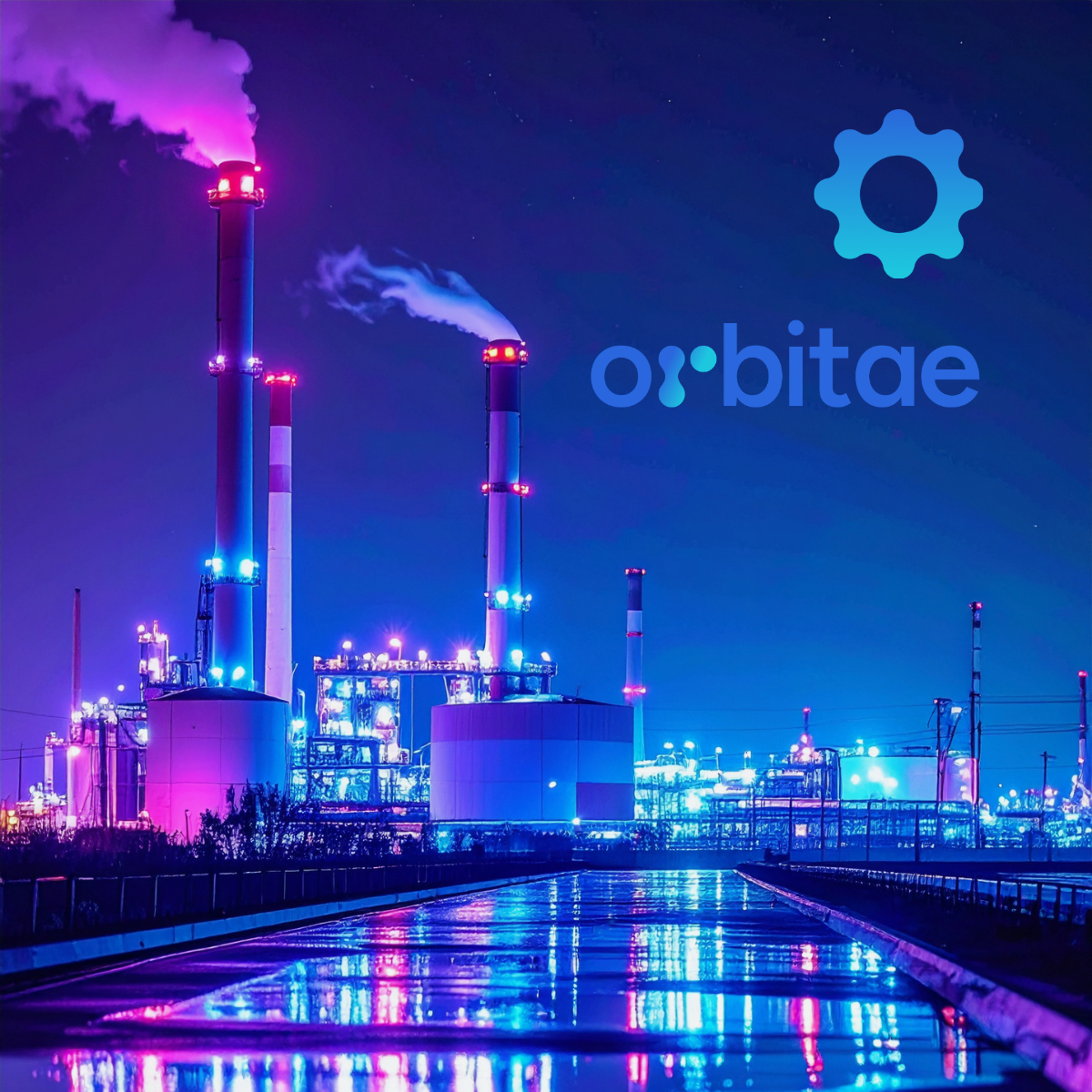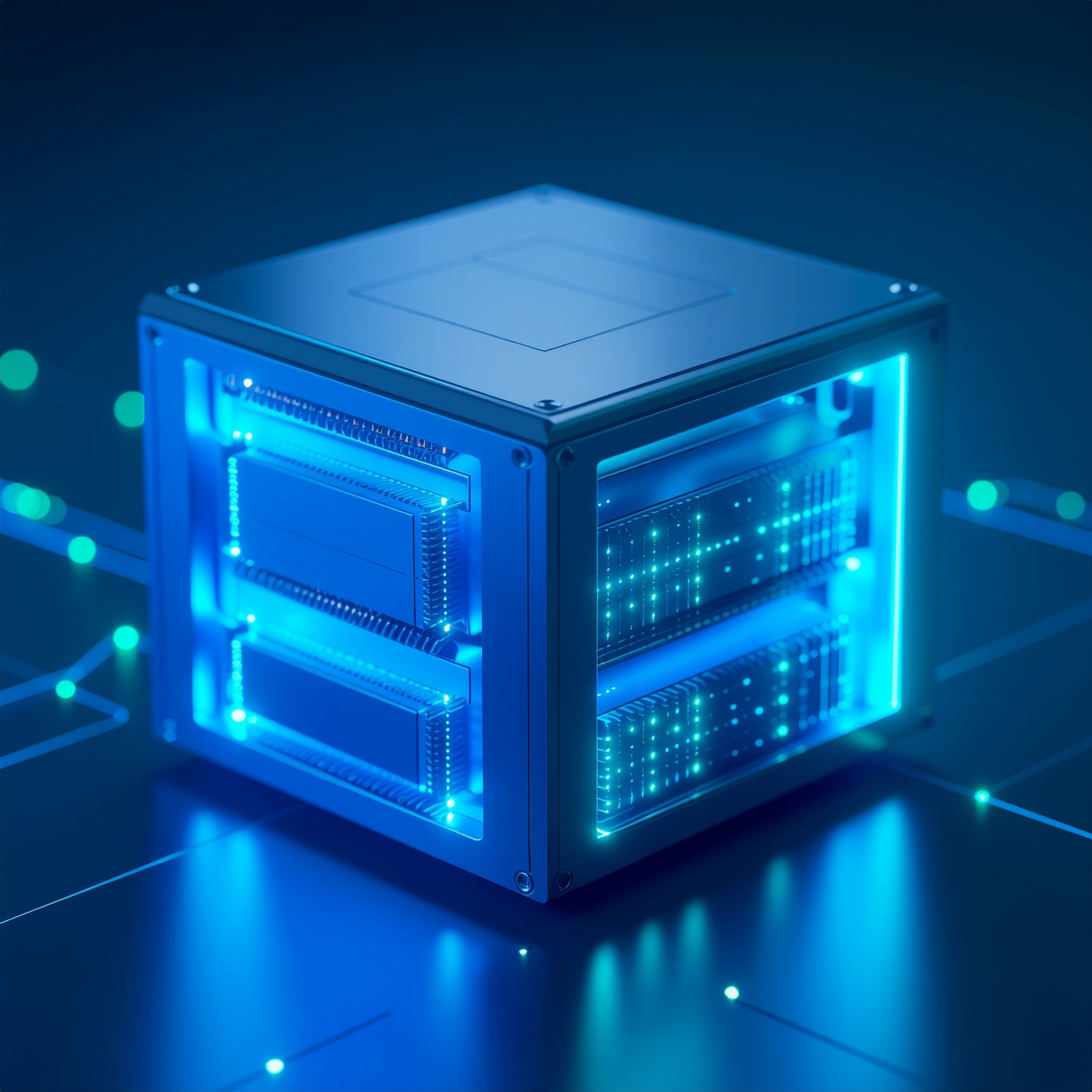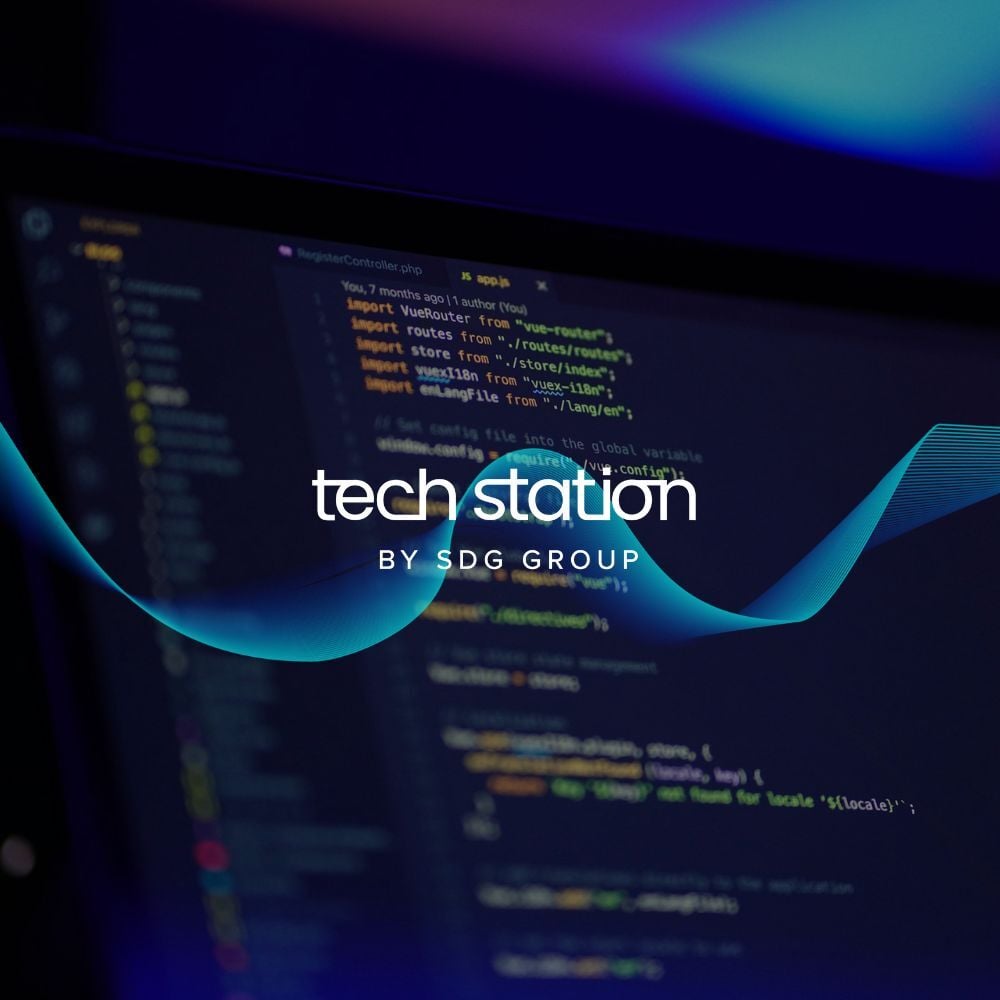Written by Miguel Romero, Head of Technology & Innovation at SDG Group.
Data science continues to advance at an unprecedented pace, posing new challenges and offering opportunities for organizations. Earlier this year, SDG published the 2025 Data, Analytics & AI Trends, a report that analyzes the emerging trends that will define the technological and business future. A group of the company’s experts teamed up with collaborators from the academic and technological fields to prepare this report using our innovation radar, which has revealed to us which technologies, frameworks, and strategies will reach an inflection point in the coming year.
SDG Group invests more than 15% of its revenues in innovation, and this radar is just one example of this commitment. This living platform allows us to select, test, reflect, and decide on emerging futures and, ultimately, guide our clients to have a continuous impact on their data value chain. Our objective is twofold: first, to create a version of this radar for our consulting clients, and second, to demonstrate the technologies within our corporate laboratories (SDG iLab).
"The growing regulation of AI demands greater transparency and ethics in its application."
This innovation radar has underpinned the report we will now present. Our trends cover several critical areas, from the evolution of language models to the adoption of more secure and efficient data architectures:
- The Continued Evolution of Language Models (xLMs): LLMs (Large Language Models) have evolved from text generation to multimodal systems that generate and understand text, images, and audio in real time. This transformation allows the construction of more dynamic applications and solutions. For example, SLMs (Small Language Models) offer more efficient versions of LLMs, optimizing costs and speed without losing performance. On the other hand, vision models (LVMs) combine visual processing and language for the generation and understanding of video and images, boosting creativity and productivity in multiple industries.
- Causal Inference: The use of causal inference techniques allows us to understand cause-effect relationships, improving strategic decision-making. They allow answering questions such as “why does something happen?” and “what caused it?”, offering an approach that is adjunct to traditional predictive models.
- AI Governance: The increasing regulation of AI demands greater transparency and ethics in its application. Organizations will adopt regulatory compliance policies and strategies to mitigate risk and ensure fairness, security, and data protection in the development and application of AI-based solutions.
- Data Knowledge Engineering: The combination of descriptive analytics with generative AI transforms decision-making, offering dynamic and interactive analyses without the need for advanced technical knowledge, democratizing access to information and providing answers in natural language.
- Bring Your Own Cloud (BYOC): The flexibility and personalization of the cloud environment increases operational efficiency within organizations. This strategy allows companies to own their data and metadata, giving them the ability to transport them to their cloud infrastructure ensuring control and improving security and privacy.
"The combination of descriptive analytics with generative AI transforms decision-making, offering dynamic and interactive analytics without the need for advanced technical knowledge, democratizing access to information and providing answers in natural language."
- Autonomous Generation of Corporate Data Structures: Systems driven by generative AI automate the management and transformation of data in real time, optimizing workflows and enabling more agile decisions without manual intervention. It will facilitate the creation of efficient and accessible data ecosystems both internally and to third parties.
- Business Cognitive Platform: The integration of Generative AI into traditional data platforms allows the acquisition and hyper-dataification of unstructured sources (audio, video, text) in an agile and accessible way. These types of platforms enable the development of new use cases of automation and decision-making by analyzing this data, for example, with the search for fraud in documents.
- Continuous Trend Monitoring: Founding an AI & Data Stack observatory allows monitoring and anticipating advances in AI and data technologies. It provides a structured framework to identify emerging trends and assess their impact. By offering real-time information, it allows companies to innovate and remain competitive.
- Agentic AI and Collaborative Strategies Between Agents: Multi-Agent Systems (MAS) are revolutionizing AI by solving complex problems using autonomous agents that collaborate or compete to achieve goals. Thanks to their distributed intelligence, they offer scalability, flexibility and resilience in dynamic environments.
- Hyper-personalization: Personalized AI agents offer solutions adapted to the specific needs of each organization, improving operational efficiency, optimizing resources and offering hyper-personalized experiences for customers and employees.
"The combination of AI and generative AI and advanced analytics allows organizations to improve their business planning."
- AI Profitability: Companies are adopting new approaches to measuring the profitability of AI and generative AI, considering metrics beyond direct costs, such as innovation, operational efficiency, and long-term customer satisfaction.
- Integrated Business Planning: The combination of AI and generative AI and advanced analytics allows organizations to improve their business planning, anticipate changes in demand, optimize the supply chain, and increase operational resilience in changing environments.
We firmly believe that we are in a new stage of the datafication era. Generative AI is enabling this wave of acquisition of very complex sources for analysis and decision-making. Additionally, Generative AI is impacting information consumption, intelligent process automation, solution personalization, automatic generation of data structures, advanced analytics systems, and much more around the data industry.
Translated from Catalan, original article published on Metadata here.
.png?width=2000&name=SDG%20-%20Logo%20White%20(1).png)



.jpg)


%20(3).png)
.jpg)

